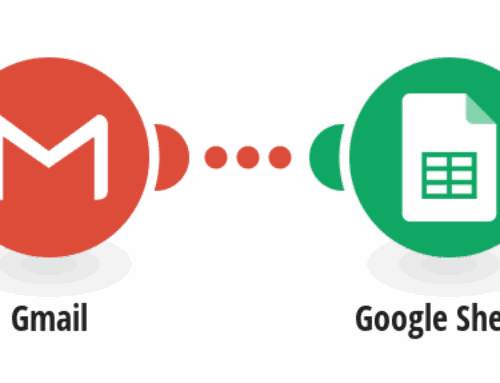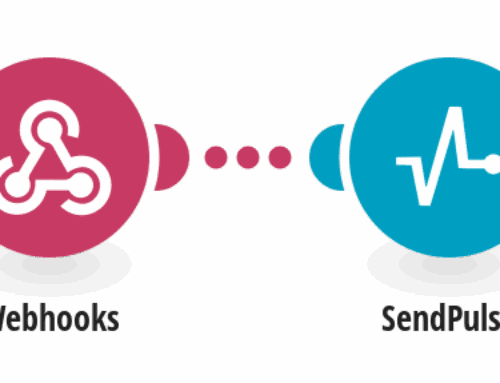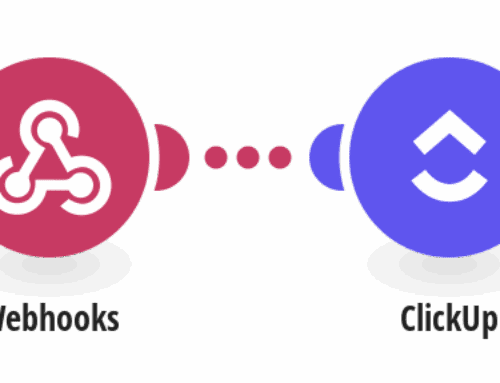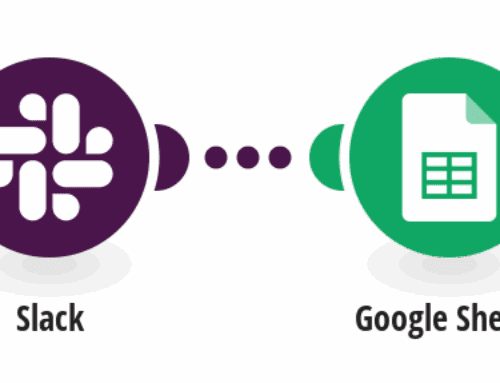It’s easy to feel overwhelmed by the variety of software tools out there. Which one should you use? How do you know which tool is right for your business? It can be challenging to make well-informed decisions when so many choices exist. This article will help you narrow down which no-code automation tool is right for your business.
What is a No Code Automation Tool?
Automation tools are software tools that make it easier for companies to automate certain processes in an efficient, repeatable way. Some companies automate processes to save time. Others automate processes to increase employee productivity. Still, others automate processes to eliminate risks and increase effectiveness.
Regardless of the reason, automation is essential to the growth of any business. With the right software, you can automate virtually any business process. To automate a process, you first need to map out the steps it takes. Once you have mapped out the process, you can then search for an automation software that can automate it for you.
Once you have found an automation software that works for you, you can start automating. With continued use, you will see your time investment grow exponentially as you automate more and more of your business processes.
Why Do You Need a No-code Automation Tool?
Automation is essential to the growth of any business. With the right software, you can automate virtually any business process. This can help you save time and increase efficiency, which results in less employee turnover and better financial results. With the right no-code automation tool, you can automate virtually anything — marketing campaigns, sales processes, human resources processes, and even accounting functions.
Finding the right no-code automation tool can be a challenge, but it doesn’t have to be. You can focus on finding the right no-code automation tool for your business. Automation is a powerful way to increase efficiency and reduce costs.
When implemented correctly, automation can save organizations time, money, and resources. However, automation is best used when it fits with the organization’s overall business strategy.
Difference Between No-code and Low-code Automation Tools
Another thing to understand is the difference between no-code and low-code solutions. No-code solutions automate the entire process, while low-code solutions guide business owners through the process of automating their processes.
Low-code software is a type of collaboration between an experienced designer and a business owner, which allows the business owner to see the design of the software or app in real time. Low-code solutions are often referred to as ‘design-first’ software.
How to Pick the Right Tool For Your Business
Automation is essential to the growth of any business. With the right software, you can automate virtually any business process. Finding the right tool can be challenging, but with a little research, you can make the process much easier.
The first thing you need to do is look at your specific needs and your company’s core business functions. Once you know what needs to be automated, you can start to narrow down the search. Once you’ve got a list of what needs to be automated, you can start to compare no-code automation tools.
No-code automation tools help you automate virtually any business process. The key is to find one that’s right for your business. There are several things to keep in mind as you search for the right no-code automation tool for your company.
Questions You Have to Answer Before Picking

What Do You Need to Automate?
The first step in choosing a no-code automation tool is to clarify what tasks you’d like to be automated. If you’re not sure yet, you can use an online tool such as Zapier to create a “back of the envelope” plan for your business.
You can also use a planning tool to map out your organization’s goals and key pain points. When considering what tasks to automate, keep in mind your business’s core value proposition. Automation can be a great way to increase customer satisfaction.
For example, if you’re a financial planning business, you can automate some of the more tedious aspects of your services. You may want to automate certain tasks so your customers can focus on their core value proposition.
How Big is Your Business?
Next, you’ll need to determine how big your business is. This will help you gauge how much you can expect to make using the tool. Ideally, you’re trying to get a return on investment (ROI) for your investment in the tool.
If your company isn’t profitable yet, you can’t expect to make an infinite amount of profit from an automation tool. Most business owners expect to see a profit from a tool within a year. It can be difficult to know how much your business is worth.
You can use online tools or additional resources, such as accounting and financial software, to calculate the value of your business. You can also use marketing analytics to see the impact of your efforts. Finally, you can use your business’s financial projections to know how much you can expect to make.
How Much is Your Budget?
Next, you’ll need to know how much you can afford to spend on the tool. Business owners often underestimate how much they’re willing to spend on a tool. You may even find that you want to invest more than you expected to. This can be especially true if you’re using a tool to automate tasks that you’d otherwise have to do manually.
To calculate how much you can afford to spend, take the amount of profit you want to make each year, subtract your expected expenses, and apply a reasonable profit margin. For example, if you hope to make $100,000 in a year, but anticipate spending $50,000 on expenses, you can expect to make $50,000 in profit.
You can use online tools or additional resources, such as accounting and financial software, to help you calculate your profit.
Is the Tool Safe?
A no-code automation tool has to be safe for your business. You don’t want to use a tool that’s likely to create problems. The best way to know if a tool is safe is to research the product. Find out what customers are saying about the product and whether they’re experiencing any problems.
Popular No-code Automation Tools
If you’ve read through this article, you’ve likely realized that there are a lot of no-code automation tools out there. It can be difficult to know which one to use. This section helps you narrow down your choices by focusing on popular no-code automation tools.
Zapier
Zapier is a cloud-based platform that connects thousands of apps. You can use Zapier to automate a variety of tasks, from sending emails to sending invoices. Zapier works with a wide variety of apps, so you can use it to automate tasks in almost any industry.
Hubstaff
Hubstaff is one of the most popular time management tools on the market. It allows you to manage your employees’ time and track their work. You can also use it to create automated workflows.
Invoices.com
Invoices.com is a cloud-based invoicing tool that allows you to create customizable invoices. You can also use Invoices.com to automate recurring billing tasks, such as payments, subscriptions, and recurring billing.
Wufoo
Wufoo is an online form tool that allows you to create a wide range of forms. You can use Wufoo to create surveys, signup forms, blog posts, and more. You can also use Wufoo to create automated workflows.
Final Words
Automation is a powerful way to increase efficiency and reduce costs. This article will help you navigate the no-code automation market and find the right no-code automation tool for your business.
No-code automation tools can be an invaluable way to streamline your business. They can also help you cut down on the amount of time you spend on repetitive tasks. No-code automation tools can help your team spend more time on creative tasks, leading to higher customer satisfaction and greater revenue.
These tools can be a great way to grow your business. However, you need to be careful when using them. Make sure you pick the right tool for your business based on the questions you’ve answered above.
Articles You Might Want To Read:
How Marketing Automation Tools Can Drive Business Growth?
Key Benefits of Email Marketing Automation: Get a Comprehensive Guide
Why No Code Process Automation is Important for Your Business?








